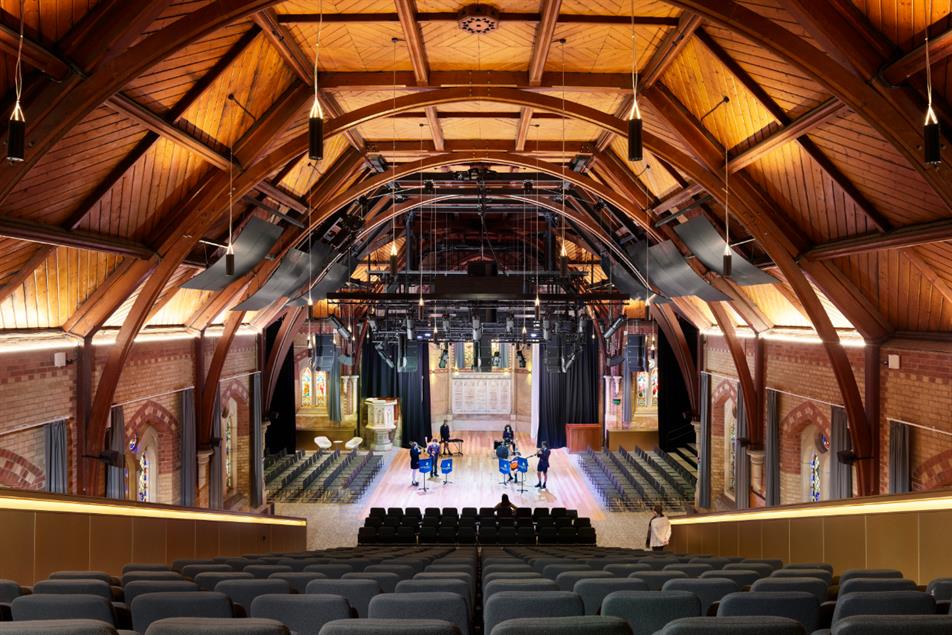Respectful arts centre renovation retains historic aura
"The intervention is so delicate and careful that it is truly remarkable how fully it is able to achieve all the project's goals," Anna Reiderman-Hickey, Judge

"The intervention is so delicate and careful that it is truly remarkable how fully it is able to achieve all the project's goals," Anna Reiderman-Hickey, Judge
